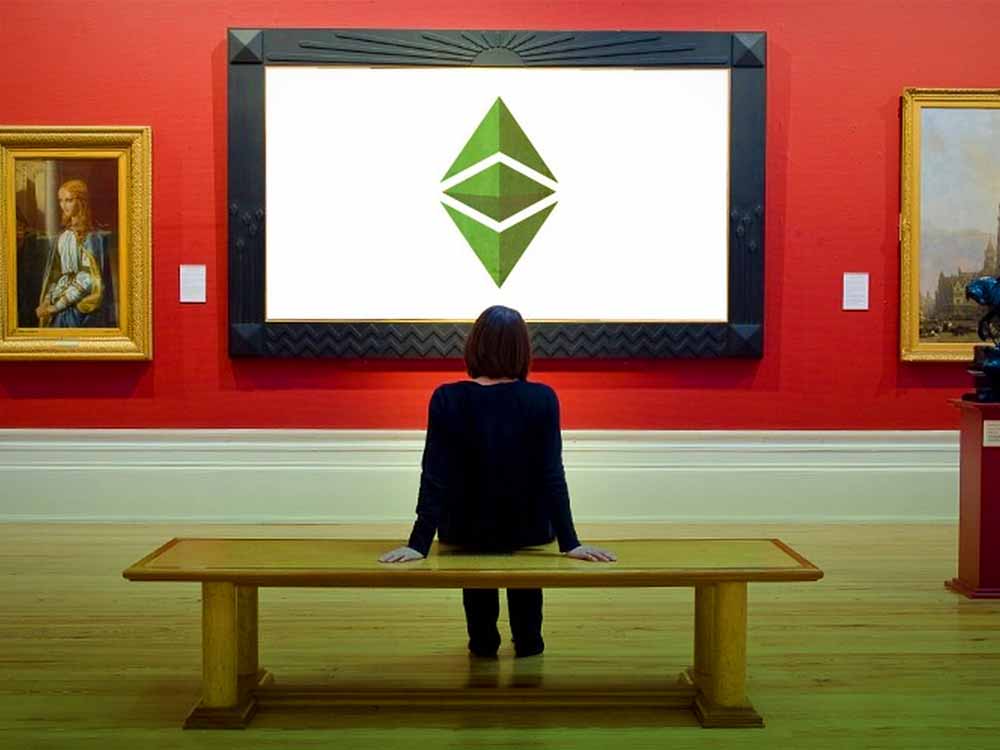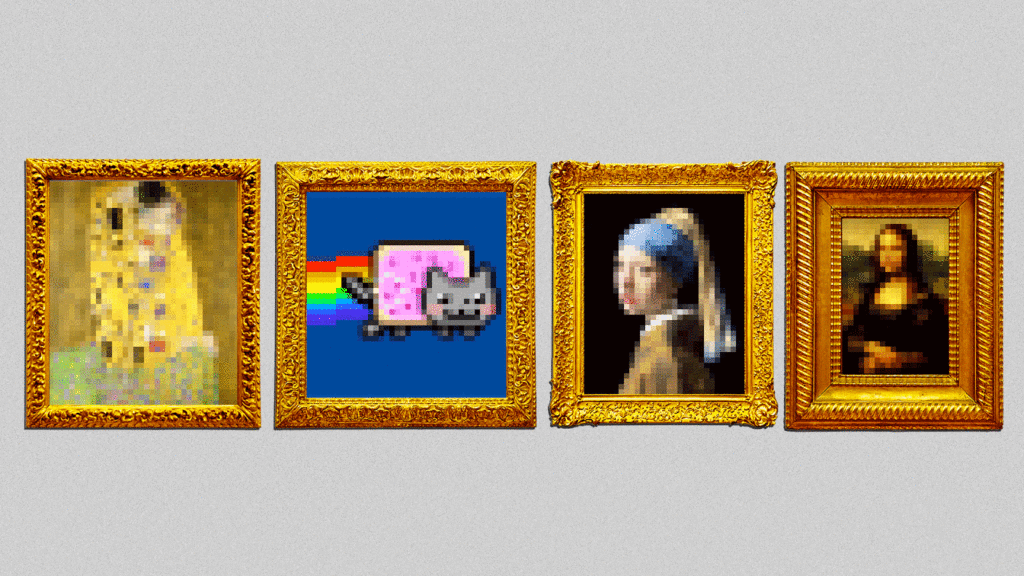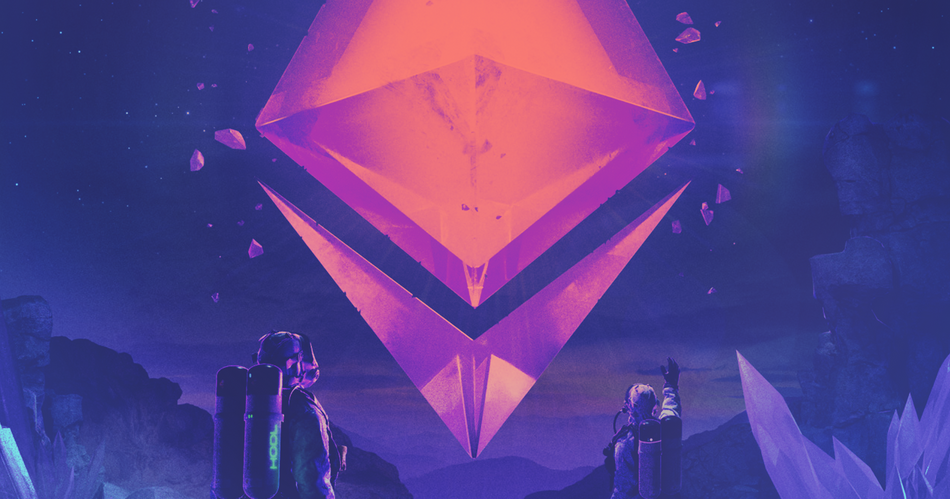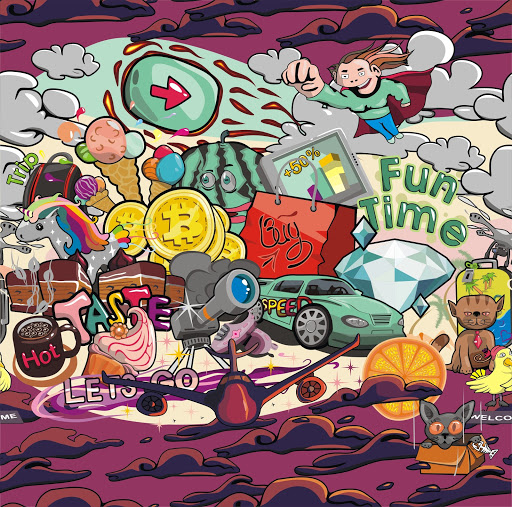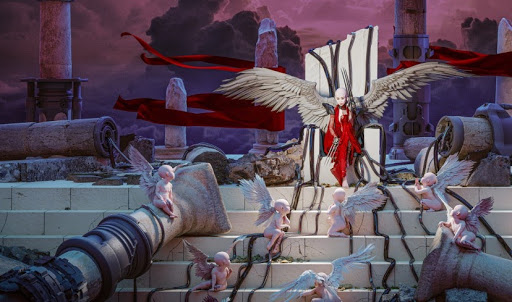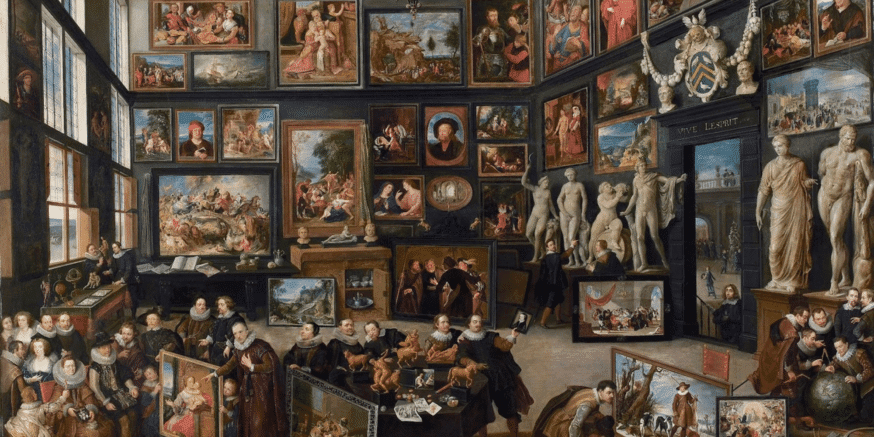2021 has seen the rise of crypto as a legitimate form of currency with coins like Ethereum that are speculated to blow up and completely change the way we use money. With the explosion of blockchain, (a system of recorded transactions made in cryptocurrency maintained across several computers that are linked in a peer-to-peer network.) NFTs have also become a huge part of the conversation. NBA players are using them to sell videos, musicians are using them to earn royalties, CEOs are using them to sell tweets, Digital Media Artists can give their creations secure provenance. If you’re wondering what an NFT is in the first place, you’re not alone.
Cryptocurrency has experienced a boom in the financial industry, the art and entertainment industries have also been rushing to keep up and that’s what has given rise to the phenomenon of Crypto Art. Crypto Art is a way of making digital art unique and in turn, valuable. While digital art has a reputation for being easily reproduced or copied, Crypto Art gives it the opportunity to become a one-of-a-kind item that can then be bought, sold, collected, or even inherited because of the value that’s attached to it being original, historic and in a digital format.
Since digital art is so easily accessible, how does one make Crypto Art safe from being copied or replicated? If you get into the technicalities of it, it’s not the art that is safe from being replicated, it’s the value in metadata that’s attached to a particular piece of art. This value is called an NFT or Non-fungible Token. You can consider the NFT to be a unique ID number that’s attached to any digital artwork. It’s inherently like a certificate of authenticity. Instead of a piece of paper, it’s made up of a string of numbers and letters that is then connected to a blockchain, similar to currencies like Bitcoin. So, what’s the difference between Crypto Art and Cryptocurrencies? It’s pretty simple. Cryptocurrency is fungible, which means they’re all the same, and Crypto Art, or NFTs are non-fungible, meaning they are all unique.
Blockchains work by using groups of computers to create a shared digital ledger that cannot be changed by any single computer, they must work together by performing complex calculations — a system that yields a secure and unchangeable document. That makes blockchains perfect for creating systems in which unique digital identifiers can be easily and securely exchanged — Which is exactly how the idea of NFTs came about. Whenever someone makes an NFT transaction, the data is time-stamped and then has to be validated across the entire blockchain, which contains a history of every transaction ever made with that specific NFT. Since the database is distributed, it means there’s no central location where the data can be easily changed; instead, every single computer must agree with every other computer that the transaction is valid. This is how blockchain ensures that only one account is capable of owning a particular NFT at a time. For example, if you sell a certain jpeg file to someone, you can’t sell the same file to another person because the blockchain already knows that you’ve made the transaction once — This limitation gives NFTs the power of secure provenance!
So why would anyone pay for a JPEG, GIF, or an mp3 file when they can simply download it from the internet? Let’s clear out some misconceptions. Downloading and purchasing are two very different things. Consider this, the NFT backed digital copy of an artwork is backed by the artist. This means you’re not just downloading it, but you’re also buying the rights to own this artist’s work — Which is obviously worth way more than just a simple download. For example, You can download a GIF a million times, but they’re all worthless because you don’t own the NFT-linked version that verifies you own the original GIF. It’s all about the NFT’s metadata, provenance, and the experience of ownership in the end.
The entire value of Crypto Art depends on the fact that it’s scarce, established, or the first. Because of a lack of reproducibility, modern art collectors are now in a rush to get their hands on NFT backed digital art pieces just because they’re predicted to sell for millions of dollars in the future — similar to traditional artwork. If you know anything about the art world, you know that it’s crazy. So whether people are buying Crypto Art to support artists or to make money, there’s no doubt that this kind of art has created its own value in the industry. In fact, singer Grimes was just able to make around $390,000 dollars when she used an NFT to sell a 50-second video of herself — tons of other big names have been following suit. CROSSROAD by Beeple, at Nifty Gateway – $6.66 million. CryptoPunks #7804 and #3100 at Larva Labs – $7.6 million each. “Everydays: The First 5,000 Days” by Beeple, at Christie’s – $69 million! You can begin to see just how creatives can use the whole idea of NFTs to one’s benefit.
Another cool aspect about Crypto Art is that it’s bought and sold with a specific type of cryptocurrency called Ether (ETH). Ether is the cryptocurrency of the Ethereum blockchain that NFTs practically live on. Think of Ether like casino chips. Each casino has its own unique chip you need to buy with money to then use as currency to pay, play, and get paid in. Just like casino chips, you can always cash out your earnings and get dollars back. While some sites allow you to buy crypto art using credit cards, when you sell it — you’ll always get ETH in return that you’ll have to then convert back into whatever non-crypto currency you want. Here’s a fun fact for you, the first time Ethereum was ever used was to trade and sell virtual kittens in an online game called CryptoKitty. With NFTs and Crypto Art gaining this kind of traction, there are several marketplaces that have popped up around NFTs, which allow people to buy and sell. Which include platforms like OpenSea, Rarible, and Grimes’ choice, Nifty Gateway, but there are plenty of others.
But on the other side of the crypto coin, (lolz) NFTs, are at least partially responsible for the millions of tons of planet-heating carbon dioxide emissions generated by the cryptocurrencies used to buy and sell them. Which can prove to be a problem for artists as we move further ahead into a time where climate change has visibly started to impact the global population. Since the whole idea of Crypto Art is relatively new, none of this data has actually been verified by field experts. When someone makes an NFT transaction using Ethereum, they’re responsible for some of the emissions generated by those miners. But it’s still up for research and debate, whether NFTs are significantly increasing emissions from Ethereum or if they’re just taking on responsibility for emissions that would have been generated by miners anyway. Because for all we know, miners would still be plugging away at puzzles and polluting — with or without NFTs, which means that they are still a relatively small portion of all Ethereum transactions. Some experts think cryptocurrencies and crypto art could actually accelerate renewable clean energy solutions because of certain incentives. Also, investors, artists, and collectors most likely would seek out formats companies in the industry that use sustainably mined coins or NFTs hosted with renewable carbon-free resources.
Another major concern is hosting and security. What happens if the original host gets hacked or if your NFT breaks down and points to a 404 error page? One solution simply suggests the equivalent to multiple back-ups of hosts instead of a single domain to insure the transaction, ownership, and metadata stay online. Unless you’re wealthy enough to buy out the entire domain and pay to keep it online your NFTs are at the mercy of the network they are hosted on. The only safe thing to say is the system has flaws, like any new technology in its infancy, several issues need to be addressed.
Considering all of this, it makes sense as to why modern-day artists find it appealing to switch over to Crypto Art to sell their work and make their money. Unlike traditional art, digital art isn’t fragile even though both need a custodian of sorts, which is always a plus point — Unless you forget the password to your wallet, of course. 😉 With brands like Taco Bell and high-profile memes like Nyan Cat jumping on the NFT Crypto Art bandwagon, it looks like this just might be the revolutionary art movement that changes the course of the industry in the near future.
Looking to explore more art genres? Head over to Joe Latimer.com for a multidisciplinary, visually stunning experience. ☮️❤️🎨
Enjoy this blog? Please help spread the word via:


